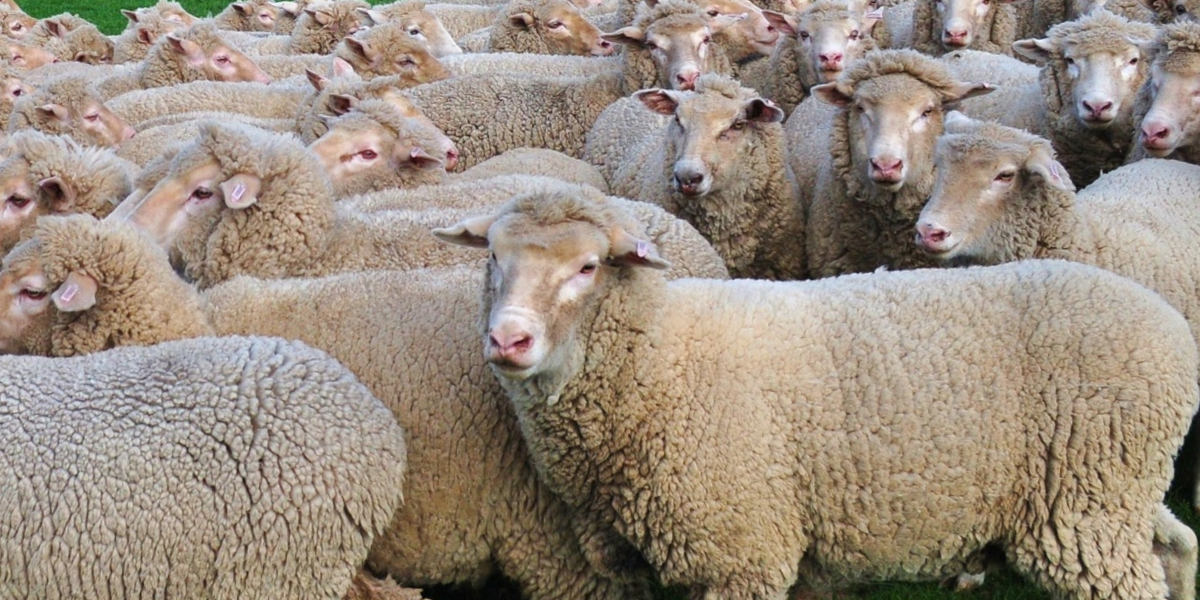NSW Farmers is calling for a substantial investment from the state and federal governments to make their livestock traceability reform achievable and affordable for farmers.
A move to electronic identification (eID) for sheep and goats will far exceed the $20 million offered by the federal government, and with a timeline set for mandatory tagging, farmers are in the dark on what financial support will be made available.
According to NSW Farmers President Xavier Martin, 80 per cent of NSW sheep and goat producers were not using eID at present, meaning there would need to be significant state and federal financial assistance to assist in the transition.
“Farmers are rightly becoming increasingly concerned about the costs associated with implementing eID for sheep and goats, following Minister Saunders’ mandating of the traceability system last year,” Mr Martin said.
“While the NSW Government’s timeline is public, it remains unknown what financial support will be made available to farmers so they can implement eID as they are now required to do.”
“We asked farmers how much this will cost them and what training, education and support they need, and it’s clear both levels of government will need to open their wallets.”
NSW Agriculture Minister Dugald Saunders announced the state would join a national traceability effort in July 2022 following an outbreak of Foot and Mouth Disease in Indonesia. Under the National Livestock Identification System, sheep and farmed goats born after January 1, 2025 will require an electronic tag before leaving a property, and from January 1, 2027 all farmed sheep and goats will require an eID tag.
The federal government announced $20.1 million over three years to help the states transition to mandatory electronic tags, but Mr Martin said that sum was nowhere near enough as it had to be shared between all states and territories.
“There will potentially be less than $10 million from the Commonwealth to support NSW producers, and Commonwealth funds are dependent on a NSW Government co-contribute, so our state will also need to make a substantial investment,” Mr Martin said.
“But there’s been no funding clarity, and producers are rightly concerned about what financial support will be made available to help them meet the government’s timeline.”
The equipment producers will need to purchase can range from a couple of thousand dollars for a wand reader, to tens of thousands of dollars for eID drafters. Data from eID users reveals there is a significant cost in infrastructure modifications to pens, races and yards to install eID technology.
“Users of eID reported their costs ranged from $40,000 to $70,000, and with 66 per cent of producers surveyed saying they will need to modify infrastructure on their farms, the costs of the total rollout are going to be significant even before the cost of tags and readers are taken into account,” Mr Martin said.
“Producers want certainty that NLIS eID tags will be affordable not just now, but well into the future, and there is a growing concern about increased tag and NLIS device costs.

